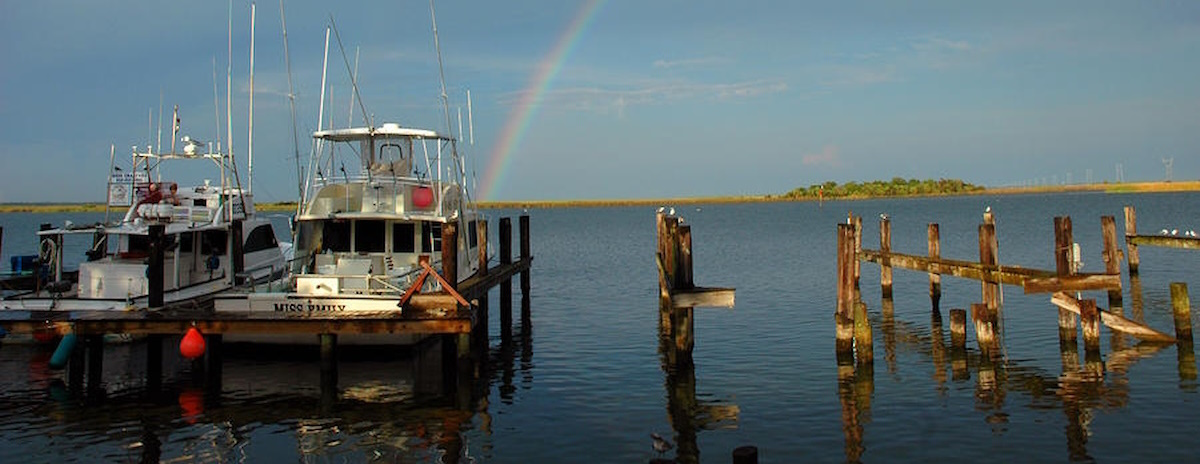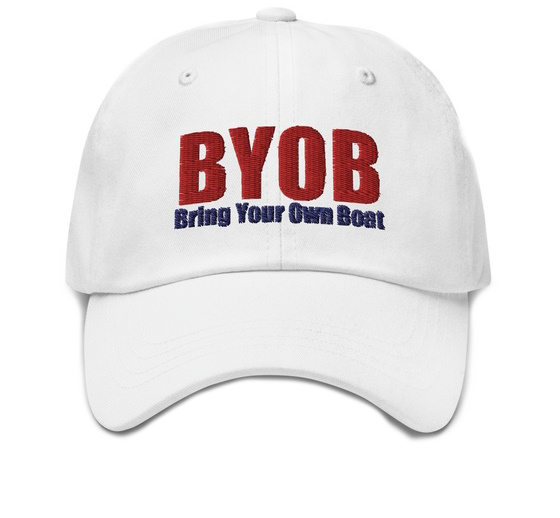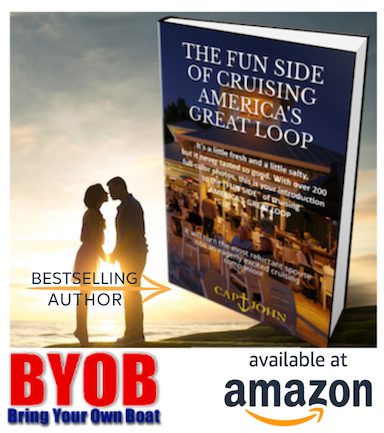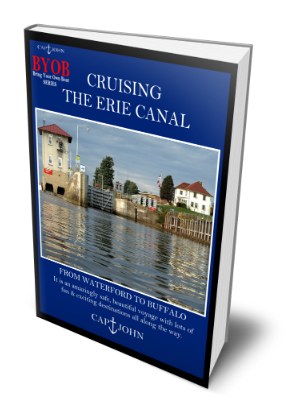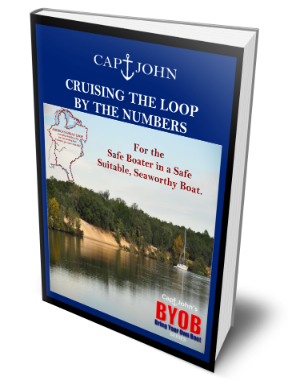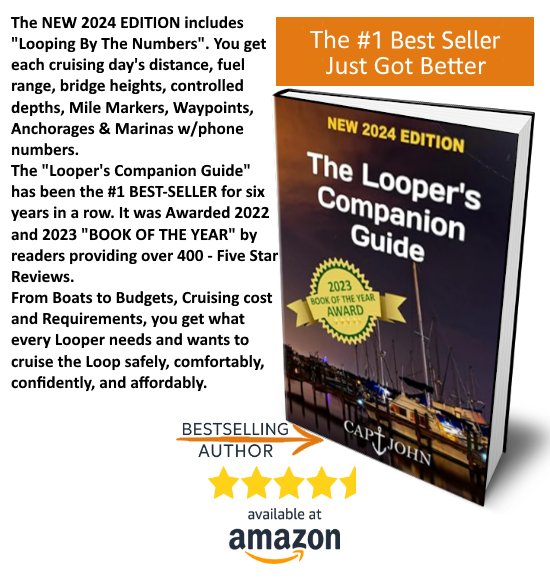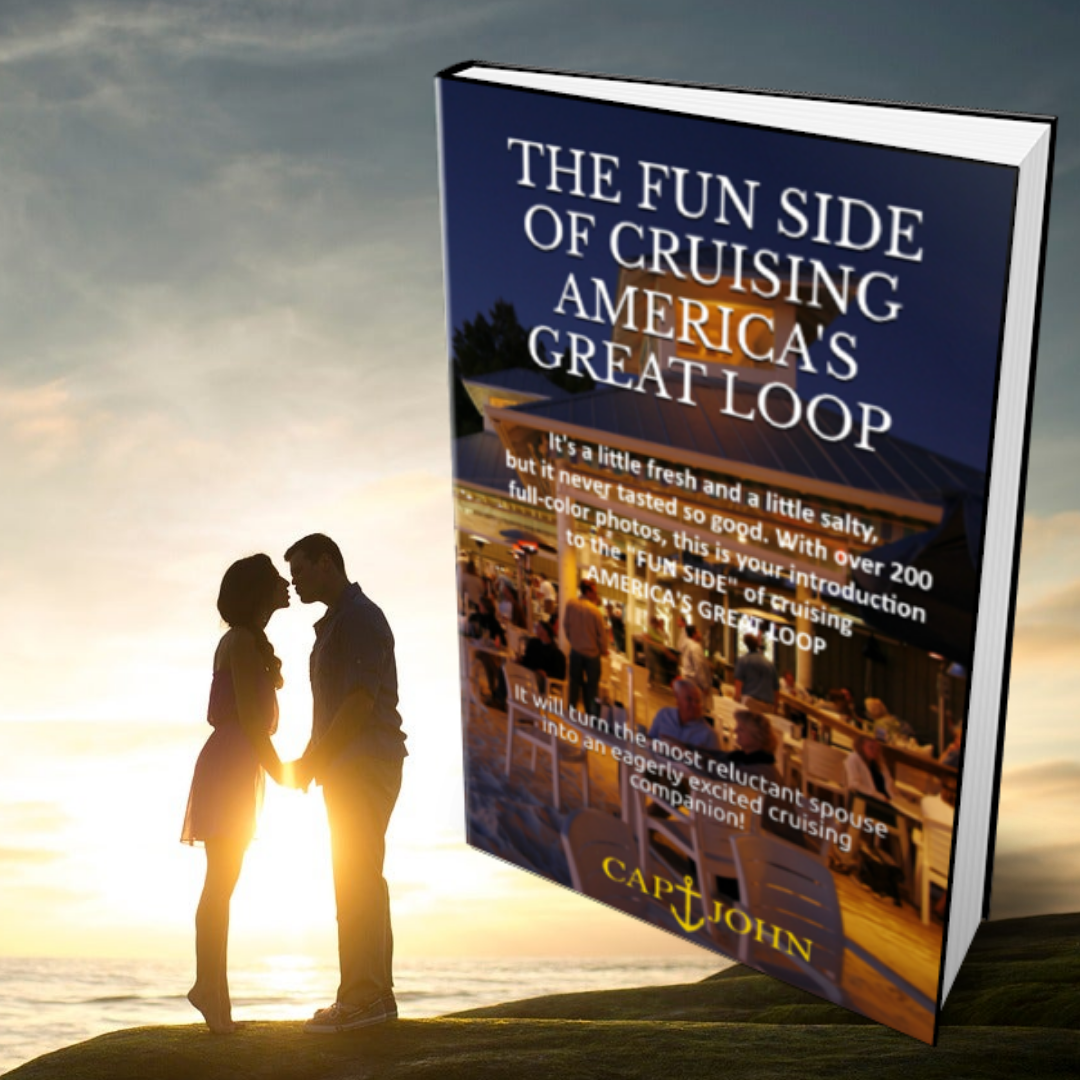While we believe this voyage can be affordable for most anyone, nothing about this voyage is cheap!
There are tons of ‘inexpensive’ good used boats on the used market. There are also ‘cheap’ boats on the market. We’re not talking ‘cheap’. You can find good quality boats, built by a company with a solid reputation for quality, and save thousands. There are lots of them that were built in the 60s, 70s, & 80s that are still going strong. Unlike cars, on average most of these vessels (according to USCG stats), have been used less than 100 hours a year. That means there are 30-year-old ‘true trawlers’ with diesel engines out there with 97,000 fewer hours on their engine than those of a typical commercial fishing trawler being used today.
While most 1st time Loopers concentrate their entire Looping Budget on the boat, fuel and marina expenses; most fail at anticipating all the ‘fun’ on shore expenses they may or may not feel they need at first but will certainly want and wish they had when they get there.
‘Fun Money’ is our #1 biggest Looping expense. It is very reason for my “More Fun than Fuel” Looping philosophy. This is what allows us to spend more money on ourselves having fun, eating out and being a tourist, vs having to pour the bulk of our Cruising Kitty down our fuel tank and giving another Lion’s share of it to the marinas.
This voyage will take you to over a hundred incredible destinations. Most every single one of them will tempt you off your boat to stop, shop, eat out, linger longer, and of course, that cost money.
Yes, there are tons of amazing ‘FREE THINGS’ to do on this voyage, but even the ‘free things’ have a way of costing money. We buy a souvenir, maybe a T-shirt or Ball cap, an ice cream, a soft drink, a cup of coffee, and probably stop for lunch or dinner. . . There are enough free things to do cruising the Great Loop – one could go bankrupt doing them all.
Fact is, the #1 most frequently mentioned ‘regret’ expressed by previous Loopers is that they failed to anticipate, and therefore budget, for all the fun things they wanted to do on shore at destinations all along the way.
Many Loopers spend $20,000 or more just on fuel; and another $20,000 in Marina fees. From all the Looper’s reporting to us, the average cost of cruising America’s Great Loop seems to be very near $50,000. That of course, doesn’t include the price of their boat. Obviously, a solo Looper in a most frugal & fuel-efficient could possibly cruise it on $25,000 or less, while those in large more flamboyant vessels might spend as much or more than $75,000. It all depends on one’s lifestyle, boat type, size & speed, as well as how often they stay the night in marinas.


